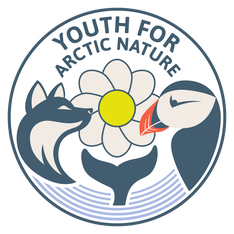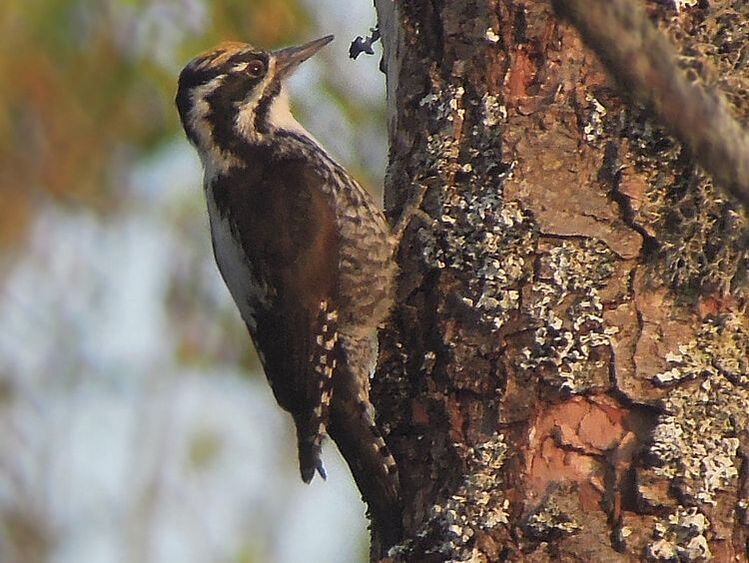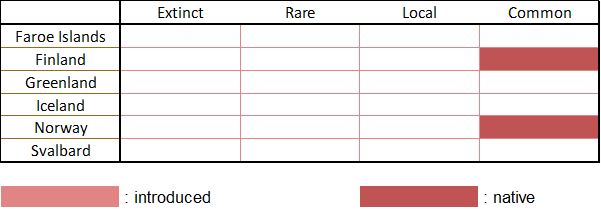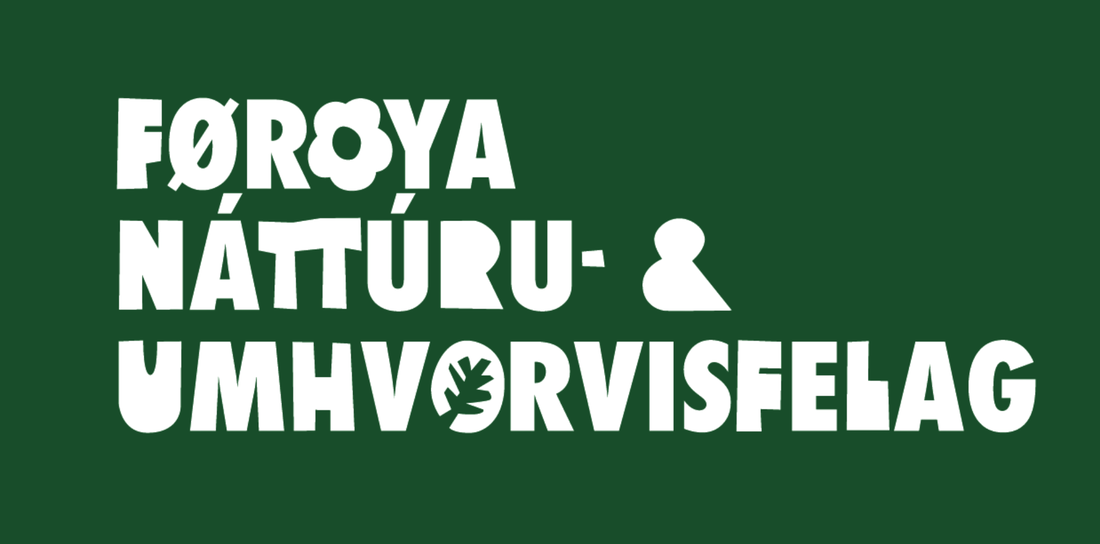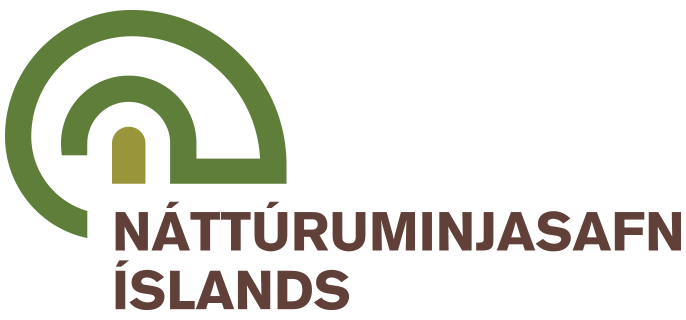|
Vulnerability: least concern Invasive: no Identification: easy Monitoring: difficult |
|
What is it? The Eurasian three-toed woodpecker is a medium-sized woodpecker with a length of 21cm to 24cm length for a weight of 60-85g. its plumage is black and white, with a yellow crown in males and juveniles. It is similar to the great spotted woodpecker in size, but can be identified by the lack of any red feathers on the belly, undertail, and crown. Like most woodpeckers, this bird is only found in forests. Its breeding habitat is specifically coniferous forest, and it mostly feeds on insects and larvae. |
|
Interesting facts |
- Three-toed woodpeckers often will move into areas where many insects can be found infesting trees, which is especially common after floods or forest fires.
- Until recently, the American three-toed woodpecker and Eurasian three-toed woodpecker were considered to be the same species.
Pictures
- Cover picture: "Three-toed Woodpecker - Finlandia 0005 (3)" by Francesco Veronesi is licensed under CC BY-SA 2.0
- Presentation picture: "Eurasian Three-toed Woodpecker Picoides t. tridactylus" by nik.borrow is licensed under CC BY-NC 2.0
References
- BirdLife International (2021) Species factsheet: Picoides tridactylus. Downloaded from http://www.birdlife.org on 07/12/2021
- Three-toed Woodpecker, Picoides tridactylus. (n.d.). NatureGate. Retrieved December 7, 2021, from https://luontoportti.com/en/t/1614/three-toed-woodpecker
